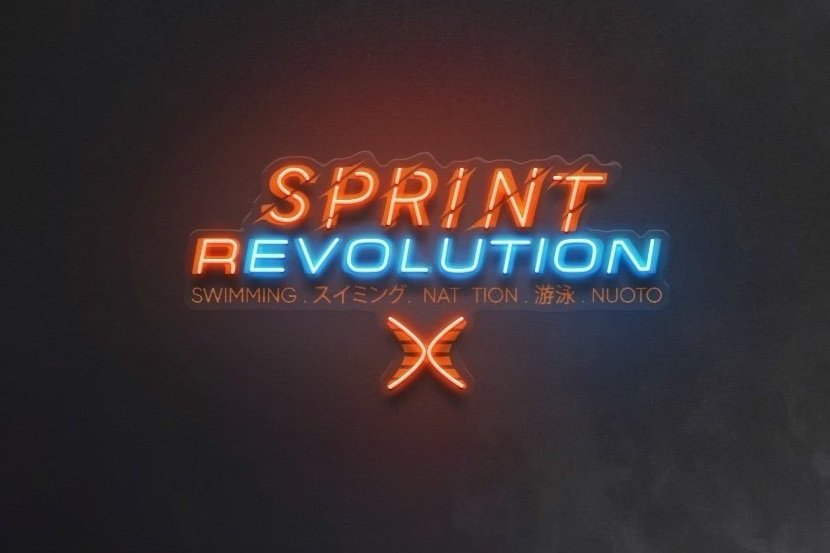Why I Don’t Use a Pull Buoy in Sprint Training
When people think about pulling in the water, they usually reach for a pull buoy. It’s a staple in a lot of traditional programs — something used to isolate the arms, lift the hips, and “build upper body strength.” But if you know me, you know I don’t follow tradition for tradition’s sake. Especially not when it comes to sprinting.
The truth is, I don’t like using a pull buoy. I don’t use it with my sprinters, and I don’t think it belongs in a serious sprint program. Why? Because it teaches the wrong body position, turns off the legs, and disconnects the swimmer from the integrated system they actually race with.
In sprint freestyle — the 50 and 100 — your legs are the engine. They drive rhythm. They generate force. They create stability and alignment. And when you put a buoy between your legs, you take that entire system offline. The hips ride unnaturally high, the legs go passive, and the core switches off. You’re not training sprint mechanics — you’re training an artificial stroke that won’t hold up under race conditions.
Instead, I prefer to train pulling with resistance: paddles, power sox, stretch cords, even parachutes. And always with the legs active. That way, you’re developing strength across the full chain — from the fingertips to the toes — just like in a real race. You build true stroke power while keeping the whole body engaged. And most importantly, you’re training with the rhythm and tension that sprinting demands.
Sprint swimming isn’t about isolating parts of the stroke. It’s about integration. Flow. Connection. You don’t win 50s and 100s by turning pieces of your body on and off — you win by firing the whole machine at once. That’s why we pull with intention, not shortcuts.
So no, you won’t find pull buoys in my workouts. We don’t train like distance swimmers. We train like Sprinters!

